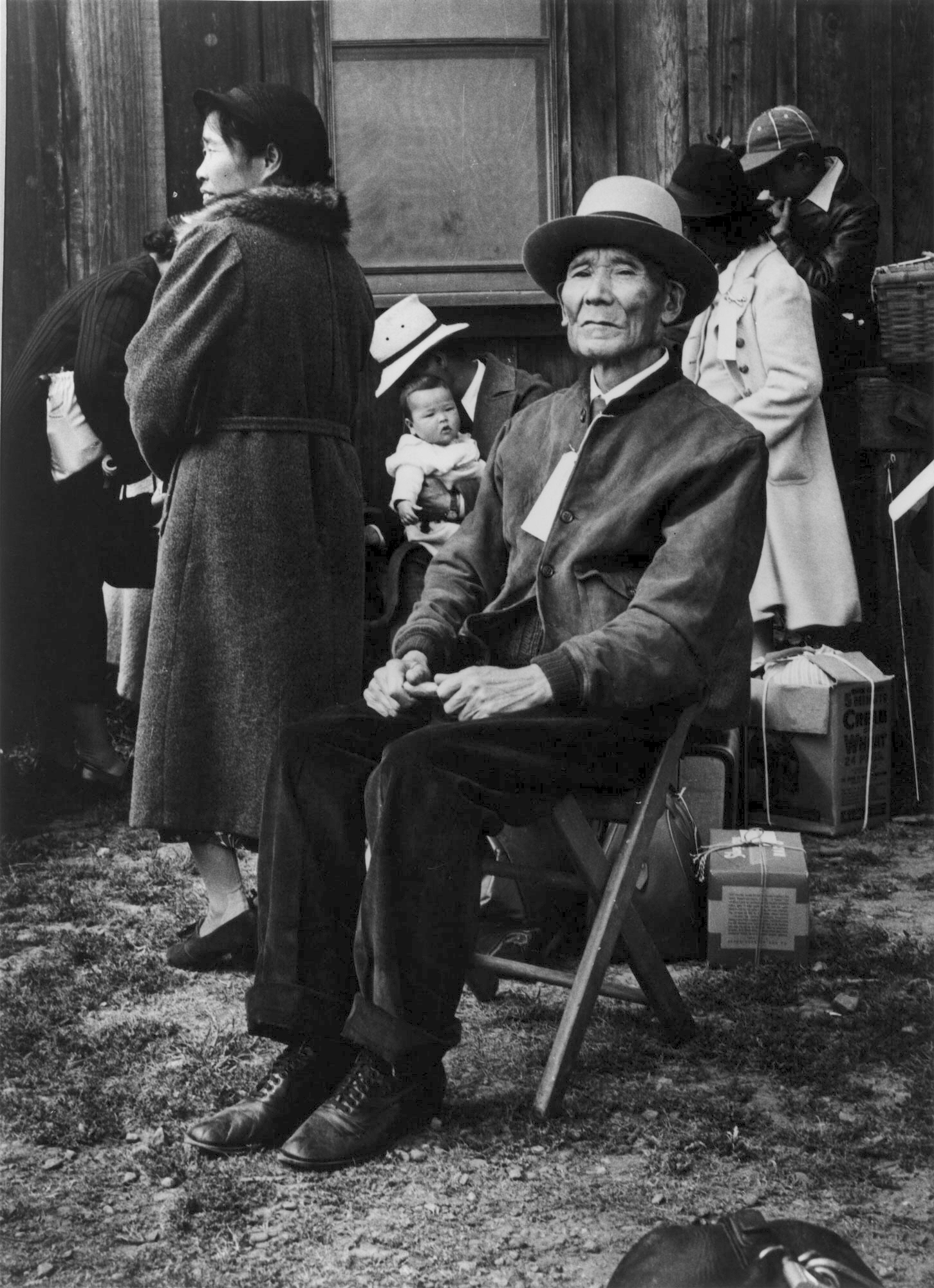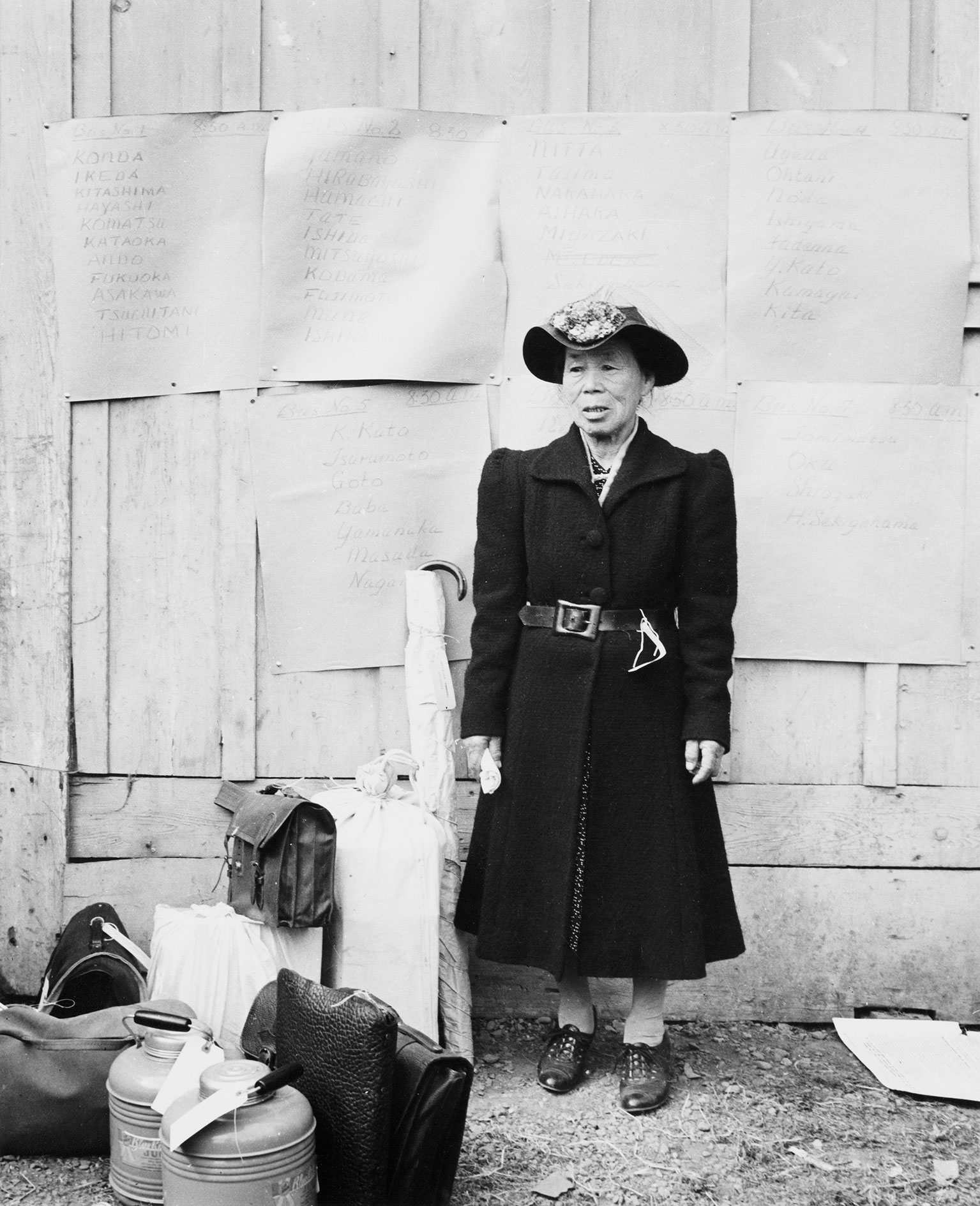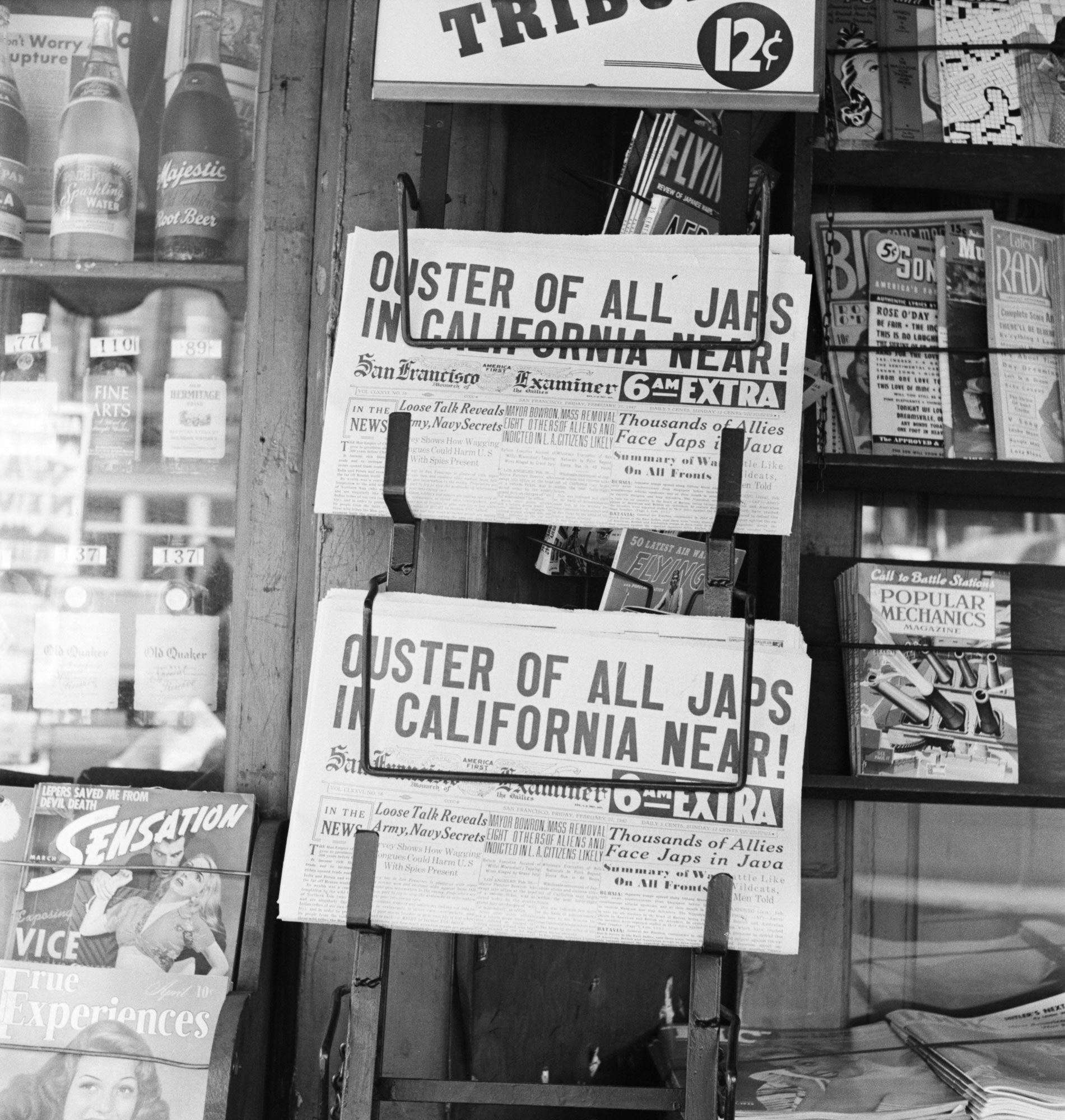World History
Related: About this forumDorothea Lange photographs of Japanese internment camps
I was just introduced to these photos after watching a documentary recently called
[American: An Odyssey to 1947’ Review: The Story of Three Lives, Though One Dominates
This documentary intertwines the stories of Orson Welles, Isaac Woodard (a WW II veteran blinded in a police attack) and Howard Kakita (a child survivor of Hiroshima). It's ambitious, but Welles overwhelms the projects.]
The part of the story about Howard Kakita showed Dorothea Lange photos of the internment camps. I was surprised that this was the first time I became aware of their existence.
From online:
Dorothea Lange’s Censored Photographs of Franklin Delano Roosevelt's Japanese Concentration Camps
The military seized her photographs, quietly depositing them in the National Archives, where they remained mostly unseen and unpublished until 2006
Dorothea Lange—well known for her FSA photographs like Migrant Mother—was hired by the U.S. government to make a photographic record of the “evacuation” and “relocation” of Japanese-Americans in 1942. She was eager to take the commission, despite being opposed to the effort, as she believed “a true record of the evacuation would be valuable in the future.”
The military commanders that reviewed her work realized that Lange’s contrary point of view was evident through her photographs, and seized them for the duration of World War II, even writing “Impounded” across some of the prints. The photos were quietly deposited into the National Archives, where they remained largely unseen until 2006.
The internment of Japanese Americans began shortly after the attack on Pearl Harbor on December 7, 1941, and was officially authorized by President Franklin D. Roosevelt's Executive Order 9066 on February 19, 1942:
Immediate action
Within hours of the attack, the FBI rounded up nearly 1,300 Japanese Americans and sent them to military facilities.
https://dorothealange.museumca.org/section/exposing-injustice-incarceration-of-japanese-americans/



3Hotdogs
(14,387 posts)began buying property of the displaced people.
Of course, there was war hysteria. People living on the U.S. coast reported seeing flashing signal lights off shore. This led to the speculation that it was Japanese submarines, signaling to supporters on shore. The lights were later determined to be those of fishing boats.
On the east coast, the hysteria was less pronounced but with a substantiated threat that came when German saboteurs were captured on the coast of Long Island. They were later executed. One of my students, of German ancestry, told me about her grandfather who was disappeared for about a week. Then released. She didn't know much more about it since her grandparents refused to talk about it.
Side bit of information. Years ago, I read a book about the sinking of U.S. Liberty boats by German submarines. Many of us are familiar with the request of U.S. authorities to turn off lights of U.S. cities on the coast because the lights were used by the German subs to outline targets. As I recall, no city cooperated with this request because it would cost businesses.
There was one sub that was targeted and captured. The captain had, in his pocket, ticket stubs for a performance in Boston the prior evening.
That is all I can think of.
3H
Beringia
(5,161 posts)and he wrote a couple of stories of his experience and in one he talked about a Maru. And forever I thought it was a big ship, but I recently looked up Japanese submarines and found out they are also called Marus. I'm out of my depth when it comes to ships and submarines though. I have a good friend who is Japanese American, but she is silent about the subject and so I didn't tell her about the Dorothea Lange photos.
https://www.angelfire.com/dragon2/leavesandtrees/dadsub2.html
http://www.hisutton.com/WW2-Maru-Yu-Class-Submarine.html

Japanese submarine Ha-204-203-109 1945
https://military-history.fandom.com/wiki/Japanese_submarine_Ha-109
hedda_foil
(16,783 posts)They were citizens. Japanese immigrants were not allowed to apply for citizenship, no matter how long they had lived here. Their American children and grandchildren were sent to live in camps (along with immigrant relatives) in God-forsaken parts of the country. In most cases, the able-bodied men were expected to build their own (prefab) housing.
The vast majority of Japanese-Americans lived on the West Coast and were given just three days notice to try to sell their property. Many owned farms and businesses, which they were often forced to sell at a tremendous loss or put in the hands of whites, who might or might not be trustworthy. Many lost everything they had.
Over time, some internee families were cleared of suspicion and allowed to move to the Midwest, primarily Chicago.
Beringia
(5,161 posts)and as a matter of fact, 2 of my grade school classmates were Japanese Americans. Emi and Fumie
3Hotdogs
(14,387 posts)Oh and don't forget to google/read about he 442nd Japanese regiment.
hedda_foil
(16,783 posts)I learned about the Japanese community in Chicago when I was researching in preparation for a class I teach on the Homefront in WWII.